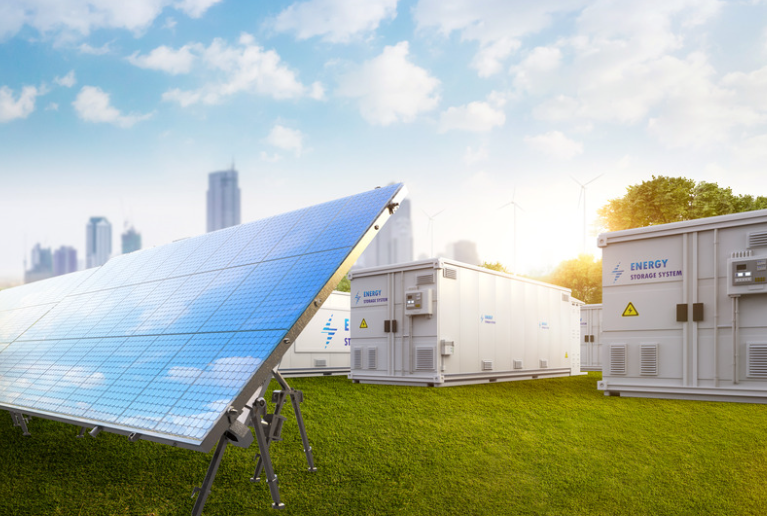BloombergNEF’s 2025 New Energy Outlook provides a comprehensive analysis of the future trajectory of the global energy sector. This examination reveals the evolving dynamics underpinned by cost-competitive technologies and existing policy frameworks.
A core element of this analysis is the sustained economic advantage of wind, solar, and batteries across most markets, which are projected to remain significant over the next decade. This trend is reflected in a forecast of an 84% increase in renewable generation by 2030, defying concerns of a potential slowdown. By 2050, renewables are expected to account for over two-thirds of a much-expanded global power system.
Data centers emerge as a critical element in shifting power demand patterns. They will account for 4.5% of power demand by 2035, rising to 8.7% by 2050. Although slightly less than the demand for electric vehicles, data centers represent a significant source of emerging demand. The report’s least-cost modeling indicates that data centers will drive demand for both fossil and renewable power sources. This dual impact is partly attributed to existing gas and coal generators extending operations to meet this new demand.
From an emissions standpoint, the base case scenario posits a significant structural shift. Global energy-related emissions and coal usage are suggested to have reached a turning point, with a predicted decline starting this year. However, oil demand is expected to rise until 2032 before declining, while gas usage is anticipated to increase by 25% by 2050. This base scenario aligns with a 2.6 degrees Celsius warming path, showing a 22% reduction in emissions by mid-century.
A stark contrast is observed when comparing this base case with the Net Zero Scenario. Achieving 100% emissions reduction by 2050, as envisioned in the Net Zero Scenario, necessitates an accelerated adoption of clean technologies. This includes investments in technologies that are currently not cost-competitive, such as hydrogen, carbon capture, nuclear power, and sustainable aviation fuels. The energy transition is thus portrayed as a landscape of ongoing opportunity.
The findings emphasize the nuanced projections of energy demand and supply, painting a detailed picture of possible futures based on current and emerging technologies. These insights into renewable energy growth, data center power demand, and emissions trends underscore the broader implications and strategic considerations for those navigating the path to a low-carbon future.
